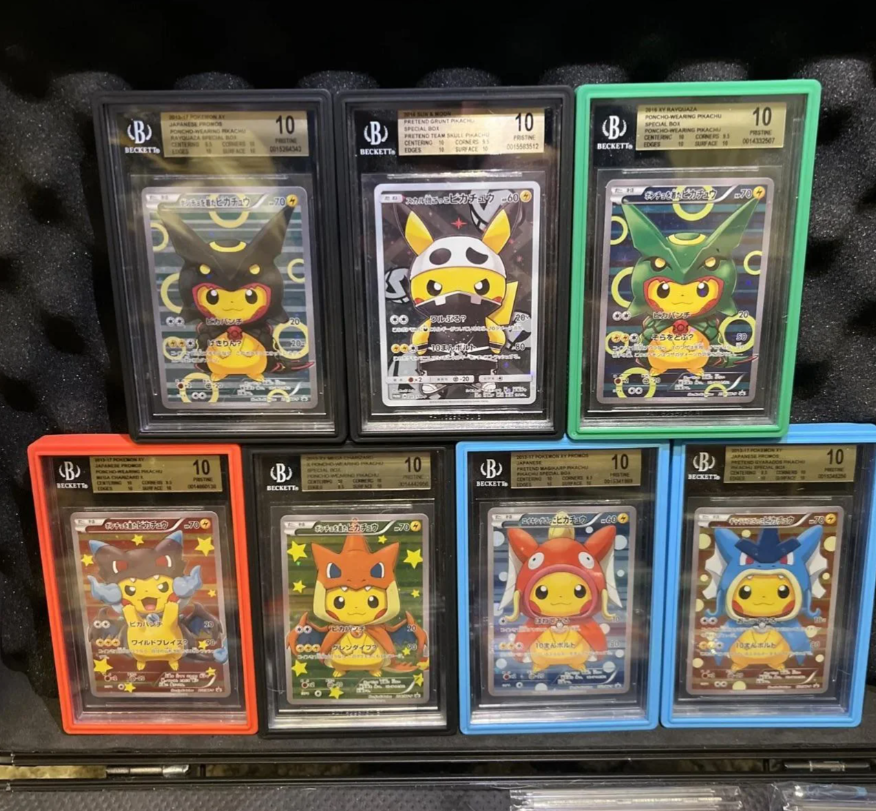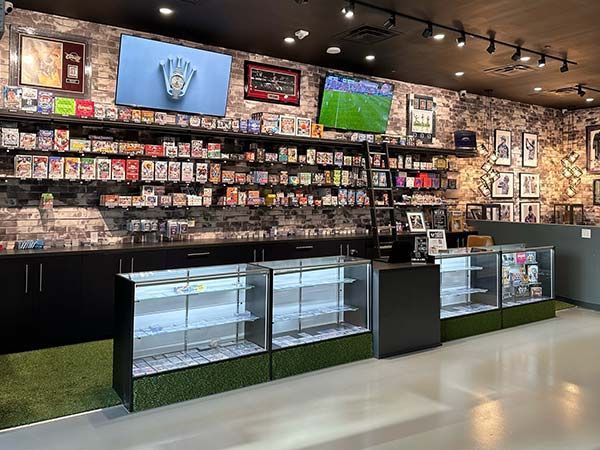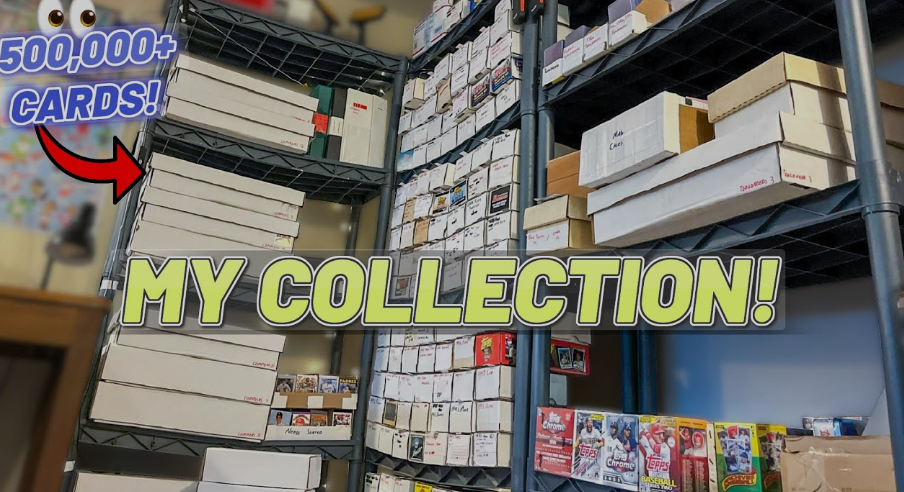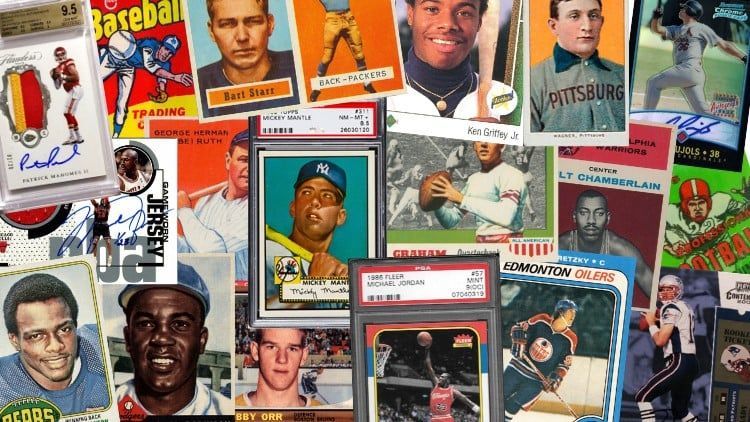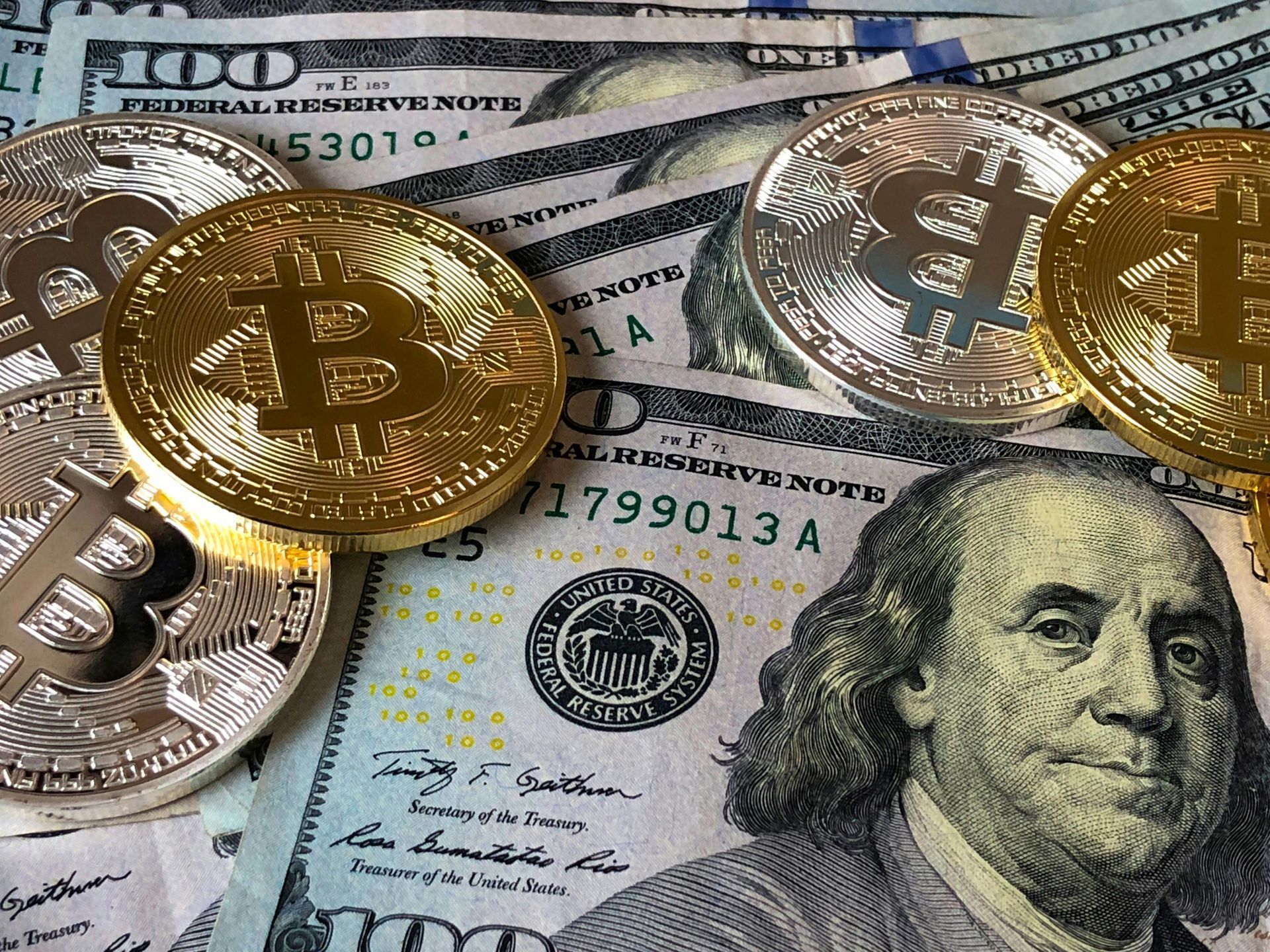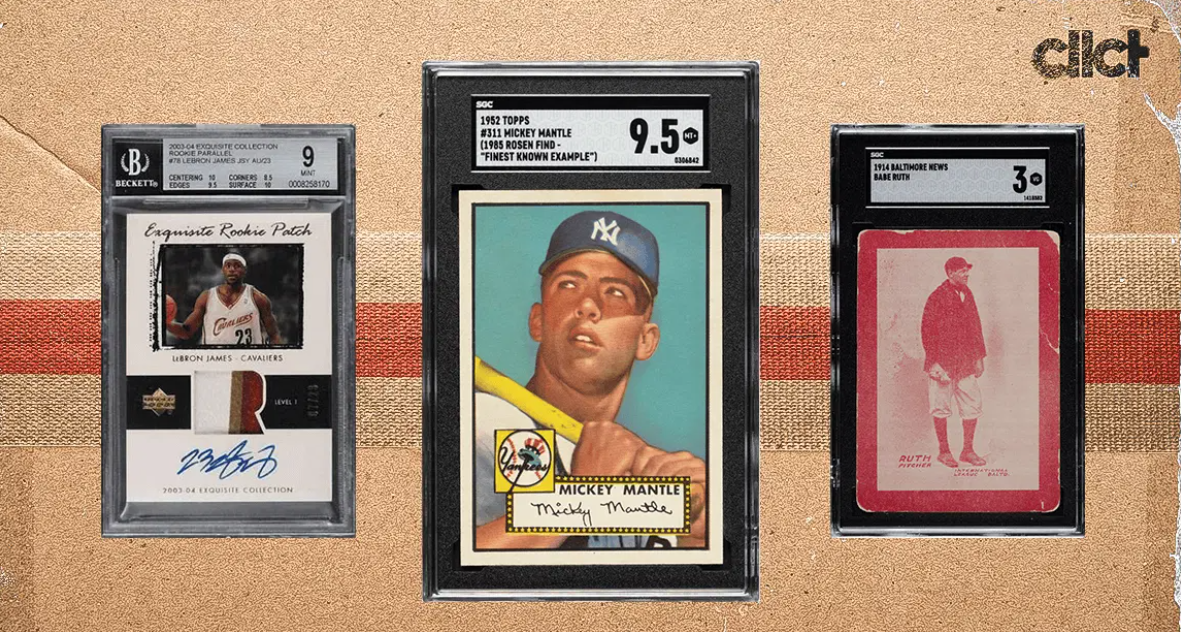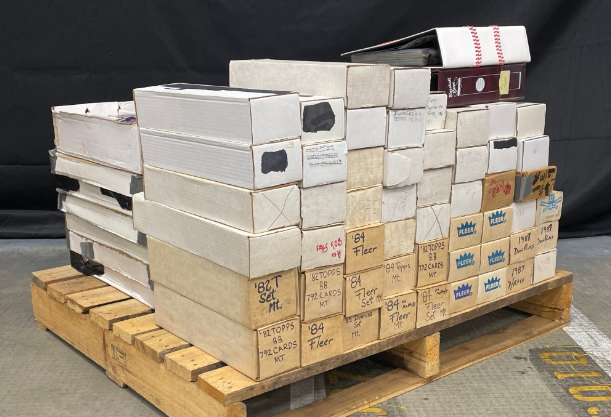How to Spot Fake or Reprinted Cards: A Collector’s Guide
Protect your collection and avoid costly mistakes by learning to identify counterfeit or reprinted cards.
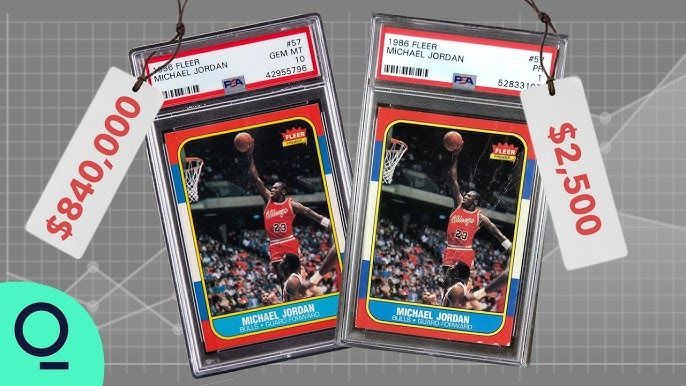
Why Spotting Fakes Matters
In the world of sports cards and trading card collecting, high-value items attract both genuine fans and dishonest sellers. Counterfeit or reprinted cards can look convincing, but their value is often a fraction of the real thing. If you’re not careful, you could spend hundreds—or even thousands—on a card worth next to nothing.
Learning how to spot a fake isn’t just about saving money—it’s about protecting the integrity and long-term value of your collection.
1. Check the Printing Quality
Real cards have sharp, clear printing. Fakes often have blurry text, pixelated images, or off-color printing.
- Look closely at the player’s name—are the letters crisp?
- Compare colors to a known authentic card from the same set.
- Use a loupe or magnifying glass to check for printing dots or ink bleeding.
2. Examine the Card Stock
Authentic cards have specific weight and texture depending on the brand and era. Fakes may feel too flimsy, too thick, or have an unnatural gloss.
- Bend the card gently—it should have a certain “snap” and not feel like cheap paper.
- Compare to a verified card from the same year and manufacturer.
3. Inspect the Edges and Corners
Older cards naturally show some signs of aging unless they have been professionally graded and preserved.
- Perfect edges on a 40-year-old card can be a red flag.
- Poorly cut or uneven edges are often signs of home printing.
4. Look for Official Markings & Holograms
Modern cards often include holographic logos, foil stamps, or manufacturer serial numbers.
- Use a flashlight to inspect holograms—fake ones may have dull or incorrect color shifts.
- Check that serial numbers match known production records.
5. Use the Light Test
Hold the card up to a bright light. Some counterfeits are printed on thinner stock, allowing too much light through. On older cards, you can sometimes see the authentic printing pattern in the original stock that fakes can’t replicate.
6. Authenticate with Professional Services
If you’re about to purchase a card worth serious money, send it to a grading company like PSA, Beckett, or SGC. Not only will they verify authenticity, but they’ll also protect it in a tamper-proof slab and assign a grade, which can significantly increase resale value.
7. Watch Out for “Reprints” Sold as Originals
Reprints are legitimate reproductions often issued by the manufacturer or third-party companies—but they are not the original card and should be priced much lower.
- Check for “Reprint” stamps on the back or front.
- Research the set to ensure the card was even printed in that specific year.
Final Thoughts
In the sports card hobby, knowledge is your best defense. Take your time before making big purchases, buy from reputable sellers, and don’t be afraid to walk away if something feels off. The thrill of collecting comes from owning a piece of history—not a convincing fake.
Pro Tip: If you’re looking to expand your collection fast, consider using a small business or personal loan to fund large, verified purchases. By buying in bulk from trusted sources, you can scale your collection quickly, resell extras, and reinvest your profits—just make sure authenticity comes first.



